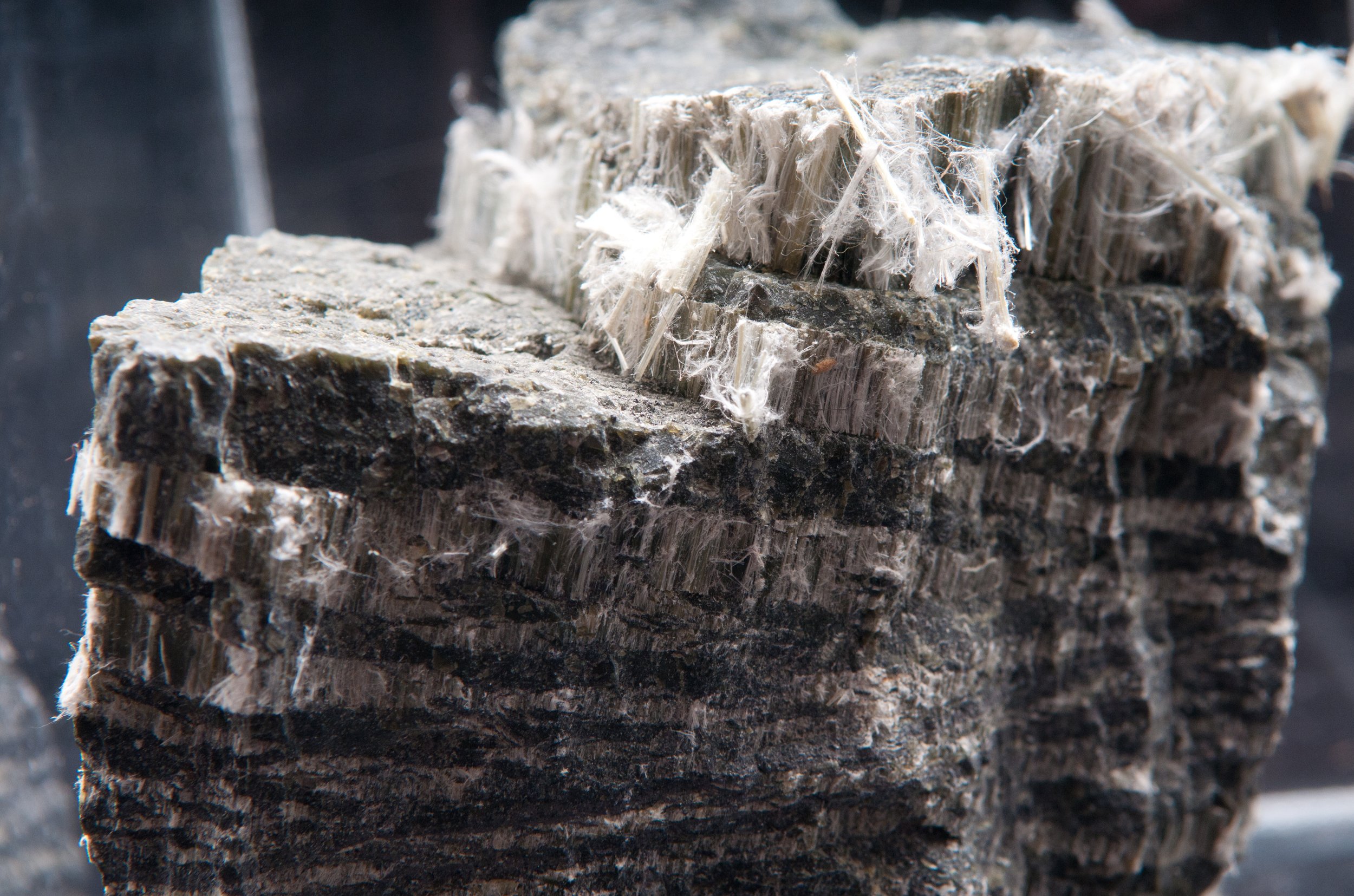Asbestos Do's and Don'ts
When it comes to asbestos, there are important do's and don'ts to ensure safety. Asbestos is a hazardous material that can cause serious health issues, including lung cancer and mesothelioma, when its fibers are inhaled. It is crucial to handle asbestos-containing materials (ACMs) with care to prevent the release of these harmful fibers. Here are some do's and don'ts regarding asbestos:
Asbestos Do's:
1. Do educate yourself: Learn about asbestos, its potential risks, and proper handling procedures. Awareness is essential to protect yourself and others.
2. Do hire professionals: If you suspect the presence of asbestos in your home or workplace, engage licensed asbestos professionals for inspection, testing, and removal if necessary. They have the expertise and equipment to handle asbestos safely.
3. Do take precautions: If you need to work near or disturb potential ACMs, take precautions like wearing appropriate personal protective equipment (PPE), including disposable coveralls, gloves, goggles, and an approved respirator.
4. Do maintain ACMs: If you have intact asbestos-containing materials in good condition, monitor them regularly and ensure they remain undamaged. Seek professional advice on managing and maintaining these materials safely.
5. Do follow regulations: Adhere to local laws, regulations, and guidelines regarding asbestos management, removal, and disposal. Compliance with regulations is crucial to protect yourself, others, and the environment.
Asbestos Don'ts:
1. Don't disturb or damage ACMs: Avoid any activities that may disturb or damage asbestos-containing materials, such as drilling, sanding, or scraping. These actions can release asbestos fibers into the air.
2. Don't attempt DIY removal: Removing asbestos is a complex process that requires specialized training and equipment. It is illegal in many places to remove asbestos without the proper licenses. Avoid attempting DIY removal and hire professionals instead.
3. Don't dispose of asbestos improperly: Improper disposal can lead to the release of asbestos fibers and endanger others. Follow local regulations and guidelines for the safe disposal of asbestos waste. Contact your local waste management authorities for information on proper disposal methods.
4. Don't sweep or vacuum asbestos debris: Using brooms or vacuum cleaners on asbestos dust or debris can stir up fibers and make them airborne. Instead, use wet methods or specialized HEPA-filtered vacuum cleaners specifically designed for asbestos removal.
5. Don't ignore signs of deterioration: If you notice signs of deterioration, damage, or wear on ACMs, don't ignore them. Report the issue to the appropriate authorities or professionals to assess the situation and take necessary actions.
Remember, the best approach is to minimize the risk of exposure to asbestos by seeking professional assistance for inspection, testing, and removal when required.
Call QIC Environmental Service to handle pre-testing to find out if any materials in your home contain asbestos. If any of your materials test positive for asbestos, we are happy to connect you with qualified and reliable local abatement professionals. We Work with some of the best companies in the Valley.




